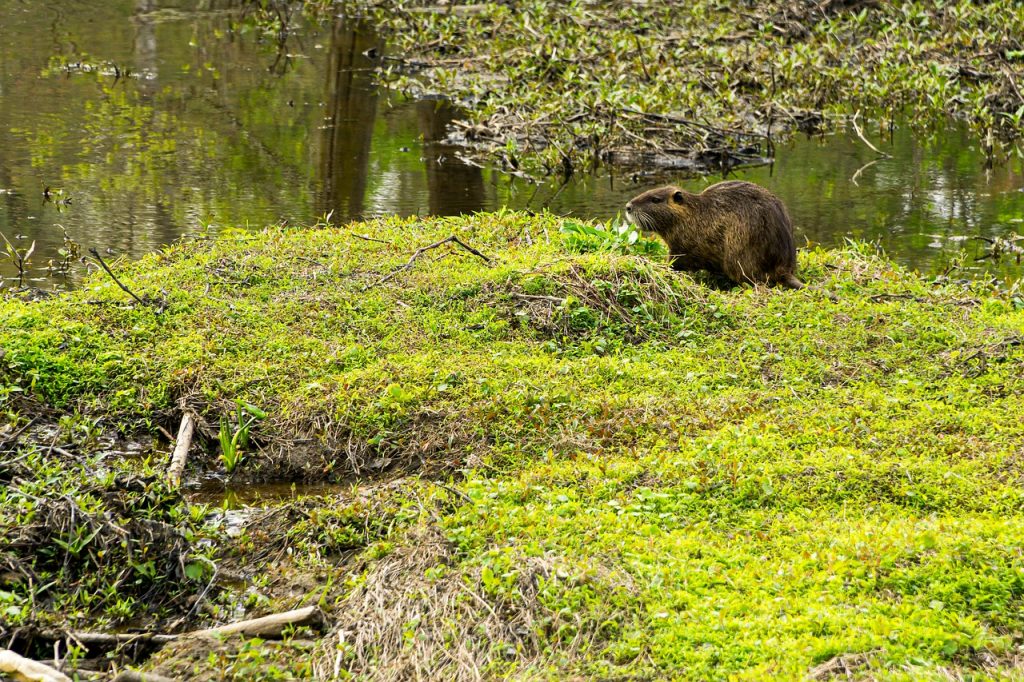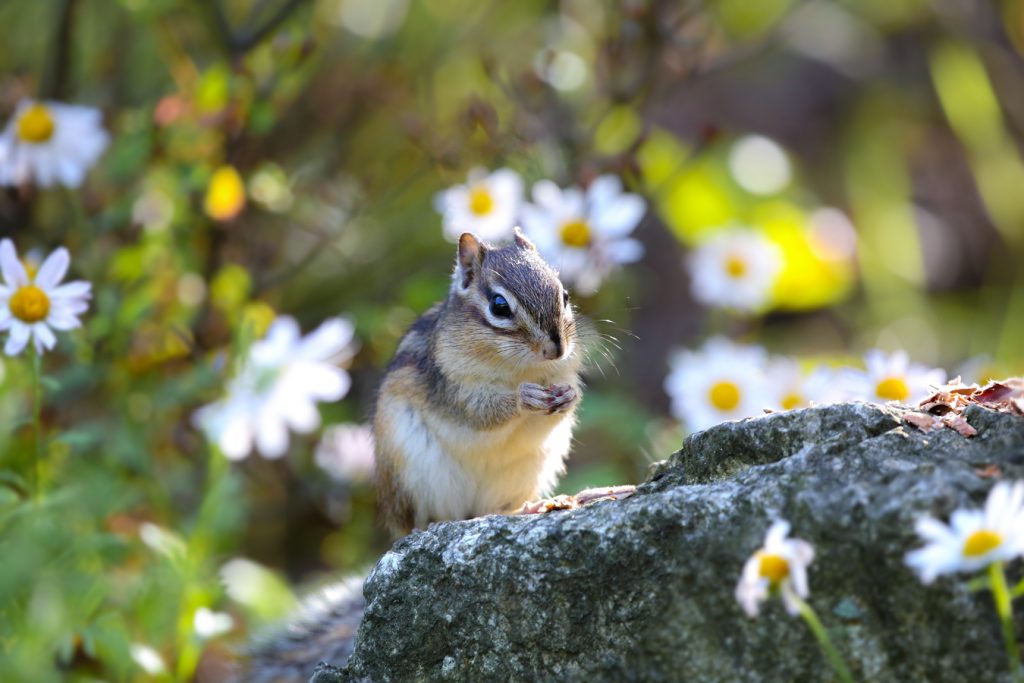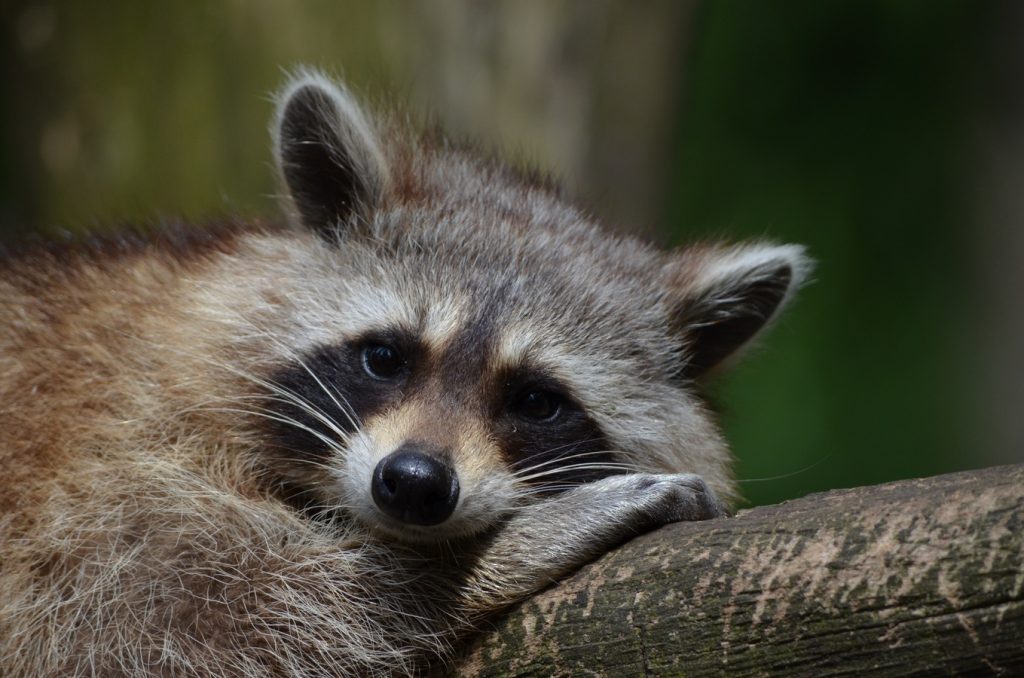An introduced, known also as alien or non-native species, is a species which lives outside its native distributional range, where it arrived thanks to human activity – directly or indirectly, deliberately or accidentally. These which spread aggressively and have a substantial negative effect on a local ecosystem are classified as invasive species. If introduced species remains local and is not problematic to biodiversity, it is not invasive. People travel around the world very quickly and easily, often carrying uninvited “guests” with them, on the ships, inside shipping palettes or wood. Some invasive species are escapees or were released intentionally from capture (for instance from fur farms, as it was in the case of the raccoon dog).
The invasive problem
The invasive species cause ecological and environmental damages, and they become a serious economic threat. Unfortunately, human activities and global climate change significantly increased the rate, scale and geographic range of expansion of invasive species. All worldwide species have their environmental niche and preferred habitats – some are highly specialized, others could live anywhere. Invasive species have great potential for rapid adaptation and are physiologically tolerant to the selective pressure of new environmental and climatic conditions, and thanks to this plasticity that they can easily not only use the niches belonging to native species, but also they might change them (for instance by destroying or replacing native food sources they can change the food web in whole ecosystem). Moreover, human activities, such as agriculture, strongly disturb habitats and influence patterns of biodiversity. Unfortunately, very often invasive species are winners over native species in this race.
Therefore, if there are no natural predators, parasites, or competitors in a new environment, the invasive animal species can develop large population sizes very rapidly. Then they reduce biodiversity and alter habitats, competing with native species for limited resources and even causing extinctions of native plants and animals. Invasive animal species prey on native species, cause or carry dangerous diseases and prevent native species from reproducing or kill native species’ young. Invasive plant species (for instance Sosnowsky’s hogweed) degrade soil, what leads to erosion and can lower the quality of water. They can also increase the risk of fire. Invasive plant species crowd out and can kill important native trees and plants which provide shade, carbon storage and habitat for native wildlife.

Which species are invasive in Europe?
In Europe, invasive species of mammals are for instance the raccoon dog Nyctereutes procyonoides, the common raccoon Procyon lotor, the brown rat Rattus norvegicus and the black rat Rattus rattus, the American mink Neovison vison, the nutria Myocastor coypus, the grey squirrel Sciurus carolinensis, the Siberian chipmunk Tamias sibiricus, the ferret Mustela putorius furo, the European hedgehog Erinaceus europaeus, the chital Axis axis, the feral goat Capra aegagrus, the sika deer Cervus nippon, the donkey Equus africanus, the European hare Lepus europaeus or the Reeves’s muntjac Muntiacus reevesi.

Which species are invasive in Europe?
The impacts of invasive species of plants and animals on natural ecosystems and economy cost billions of dollars each year. Therefore, it is very important to curb the spread of them. You can help stop the introduction and spread of invasive species! How?
- If you have a garden, check if all plants that you have in it are not invasive and if possible, replace invasive plants with native alternatives.
- We all love travelling and we travel a great deal. Therefore, remove all seeds from your shoes and check if any unwanted “guest” is not going back home with you. Leave plants, seeds and fruits behind when crossing the border.
- If you have an aquarium, don’t release aquarium fish and plants into the wild. For instance, unwanted red-eared turtles which were released by their owners nowadays can be found on all continents. This turtle is recognized by IUCN (International Union for Conservation of Nature) as one of 100 most dangerous invasive species worldwide.
- Report invasive species observations. Check what institution is responsible for fighting invasive species in your country.
You can read more about invasive plant and animal species and EU regulations here:




